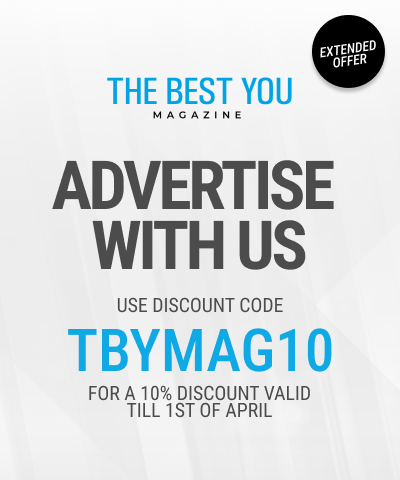The first impression rules apply equally in business as in any personal situation. These first moments as we know can change the tone of a relationship, sometimes irrevocably. The happy thing is that it is entirely possible to learn the rules, leaving you only with the requirement to use them to your advantage. None of the following is rocket science, but the impact is alchemy at its best.
Before the meeting
- Both parties should have taken time to research the other including the following;
- Financial data
- Website review
- If possible and practical, do a mystery shop
- Culture (are they casual and informal or structured and formal)
- What are their values, mission and vision?
- Who will be coming to the meeting? Check them out on LinkedIn or similar
- Look at their tweets and any other social media you can access
At the meeting
- If you are meeting at a remote location, give yourself plenty of time to park and find the place
- If it’s at your premises, make sure they look the part. (Yes, tidy up. It really matters)
- You should have as mentioned above assessed their working style, if you are the vendor you need to respond to their needs not the other way round
- Try and have equal numbers of physical people on each side, i.e. if they bring four people, you need four on your team
- Don’t jump straight into debate about the proposed deal. Pleasantries and small talk (for a limited period) does matter. For one thing it helps people to relax and may provide a valuable insight into their own personal requirements
- Don’t forget; everyone likes to work with people they get on with.
- Once you start the meeting, invite each side to open with their own summary of their interest and reason for the meeting and what they are hoping to achieve from the meeting
- Generally the first meeting is not the time to discuss detailed deal value, but it’s not a sin to talk in broad terms. Go with care as a vendor, the first number you mention will be the most you will ever achieve. Equally, if you go too high you can frighten people away, so best to encourage the buyer to make the first bid
- As you approach the end of the meeting, next steps need to be agreed. This could be as negative, such as “This is not for us, thank you and goodbye”
- On a positive note, that one side agrees to provide more information to allow progress
- Whatever the case, always follow up ASAP. Delays in responses are never positive
After the meeting
- A courtesy call and email is essential from both sides. Even if you have agreed there is no progress to be made. Just because that is the case now, doesn’t mean it will be in the future
- As above, if you have agreed to do anything do it. If you can’t do it, tell them
- Follow up ASAP and confirm the next meeting
Jo Haigh is a partner at fds Corporate Finance and Cracking Boards
Email: [email protected]
Telephone: 01924 376784 / 01484 860501
Winner of the Sunday Times NED of the year award, Claridge’s 14 March 2013.
Jo’s latest book, The Keys to the Boardroom: How to Get There and How to Stay There, is due for release in October 2013.





